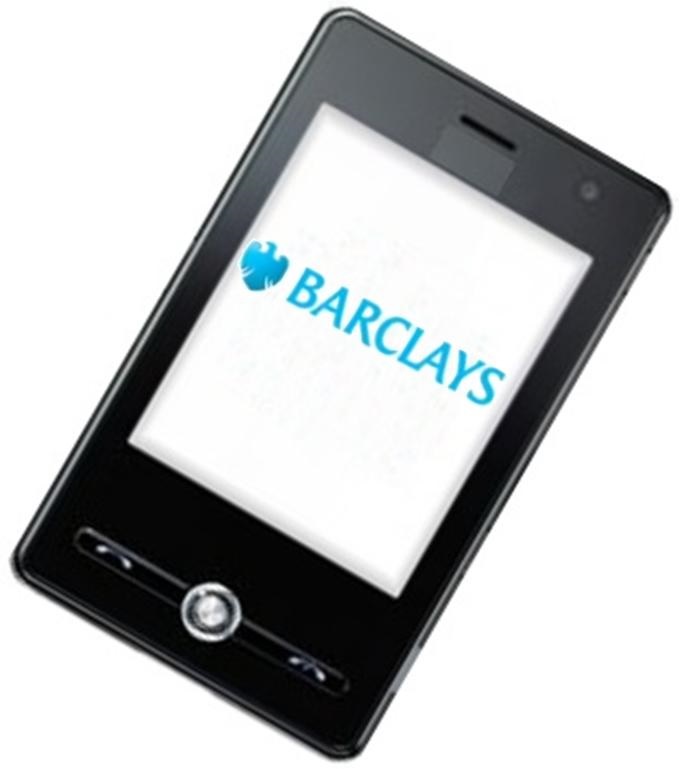The U.K. bank has announced the introduction of a considerable update to make the process easier.
Barclays has just announced the latest functionality in its Pingit app, as it is now providing large businesses the opportunity to complete mobile payments through the use of only a cell phone number.
This completely removes the requirement for having to submit any sensitive banking data.
Now, the app makes it possible for retailers, insurance companies, utilities, and other larger organizations to be able to send mobile payments without having to obtain or store the details of debit or credit cards. This is because the File Gateway from Barclays gives them the ability to send funds direction into the individual Pingit accounts. Those are available to both Barclays customers and those who are not.
This new mobile payments opportunity is meant to help to bring convenience, speed, and security.
 The Barclays head of U.K. corporate payments, Mike Walters, explained that “Consumers today want quick and convenient ways to receive value.” He went on to add that by using mobile payments, they have a solution that is both rapid and secure for accomplishing that goal, without ever having to share their account numbers with anyone else, including the company from whom they are making the purchase.
The Barclays head of U.K. corporate payments, Mike Walters, explained that “Consumers today want quick and convenient ways to receive value.” He went on to add that by using mobile payments, they have a solution that is both rapid and secure for accomplishing that goal, without ever having to share their account numbers with anyone else, including the company from whom they are making the purchase.
Walters also went on to state that when it comes to businesses, there is a rising importance which must be taken into consideration regarding the use of mobile payments as a more mainstream part of their business strategies as a whole. The reason is that it provides them with a long list of different potential benefits, including the reduction of the costs associated with the use of checks, as well as the enhancement of the customer experience.
Consumers are using their devices for a growing number of their daily activities and mobile payments can fit into these tasks quite smoothly. Though the option has been slow to take off in many of the western markets, many experts feel that it will not be long before the use of smartphones as a replacement for plastic cards begins to take off at an explosive rate.
This startup has launched in the United Kingdom and is already targeting 20 million users in the next 4 years.
Zapp, a mobile payments company in the United Kingdom, has vowed that it will reach 20 million users by the close of the year 2017, which would bring them to a size in which they would be considered a rival to more traditional giants in the transaction industry, such as Visa or MasterCard, by the time the decade is done.
This service was implemented earlier this year by VocaLink with the goal of boosting real time transactions.
The purpose was to bring the Zapp mobile payments, in real time, to the in-store experience, as well as online and through apps. This would help to boost the smartphone based experience both over m-commerce as well as in brick and mortar shops in the United Kingdom. It was accomplished through the integration of its system into banking applications and by using the Faster Payments rail taps.
Zapp is currently on the cusp of solidifying mobile payments deals with as many as three large banks in the United Kingdom.
Those institutions would, in turn, invite their own customers to choose to take part in the service once it is officially rolled out in the second half of 2014.
The customers who opt into this mobile payments service would be able to pay for their products and services by using their banking app, bypassing the need to use the traditional card networks. This system, according to Zapp, is even more secure and convenient than other options that are currently available to consumers as they don’t need to provide the retailer or merchant with any of their card data. Instead, there is a token that lasts for only a few moments and has no intrinsic value, but that provides the authorization for the payment request. This is passed from the retailer to Zapp, and then onward to the bank of the customer.
Especially in the case of in-store purchases, Zapp explained that the lengthy log-in requirements that are currently used by some banks for their apps access could make the process unappealing for consumers. However, Zapp allows the same bank to be used while overcoming that issue through “adaptive authentication”, which reduces the barriers for smaller sized mobile payments.
 The Barclays head of U.K. corporate payments, Mike Walters, explained that “Consumers today want quick and convenient ways to receive value.” He went on to add that by using mobile payments, they have a solution that is both rapid and secure for accomplishing that goal, without ever having to share their account numbers with anyone else, including the company from whom they are making the purchase.
The Barclays head of U.K. corporate payments, Mike Walters, explained that “Consumers today want quick and convenient ways to receive value.” He went on to add that by using mobile payments, they have a solution that is both rapid and secure for accomplishing that goal, without ever having to share their account numbers with anyone else, including the company from whom they are making the purchase.
